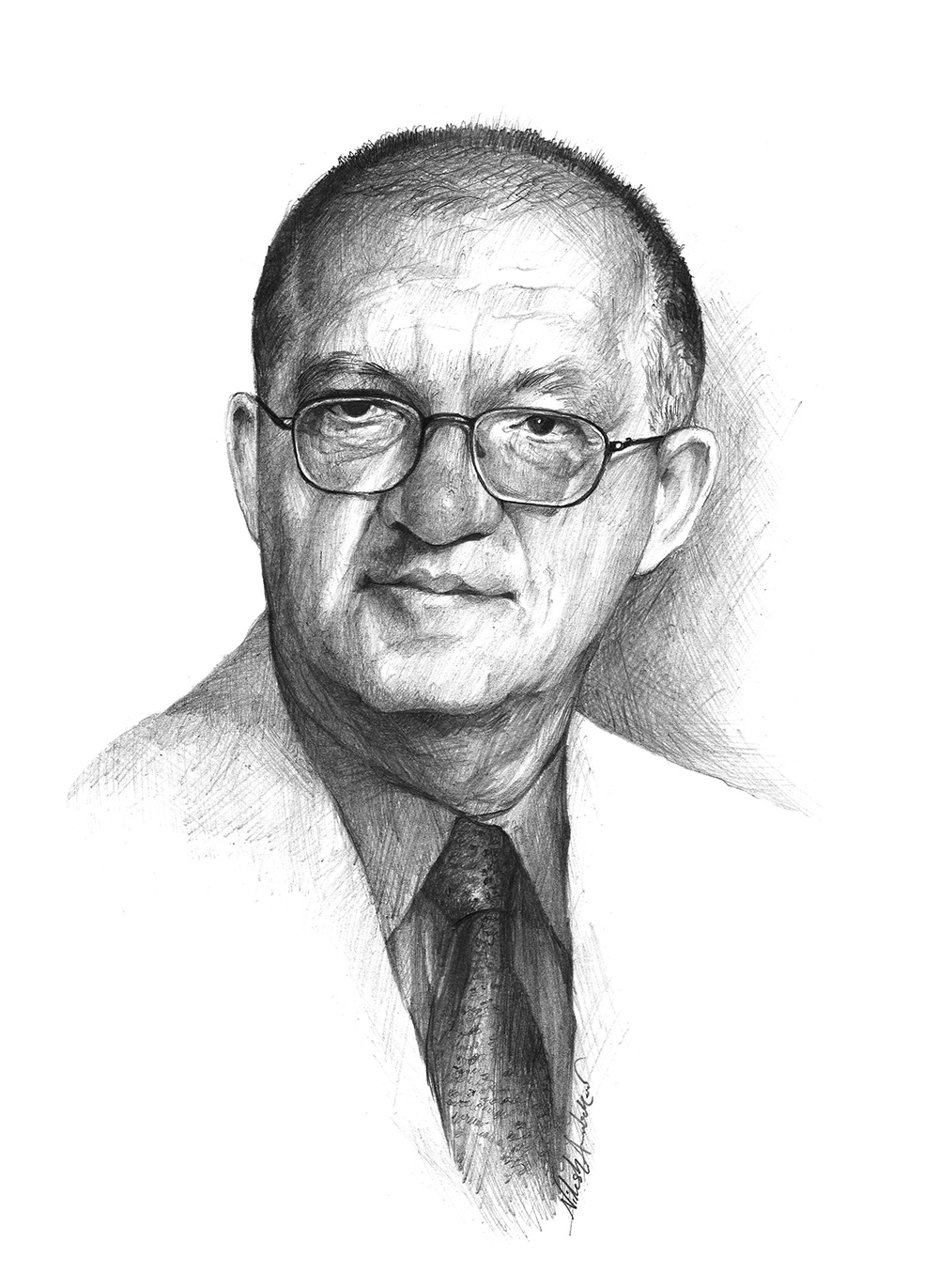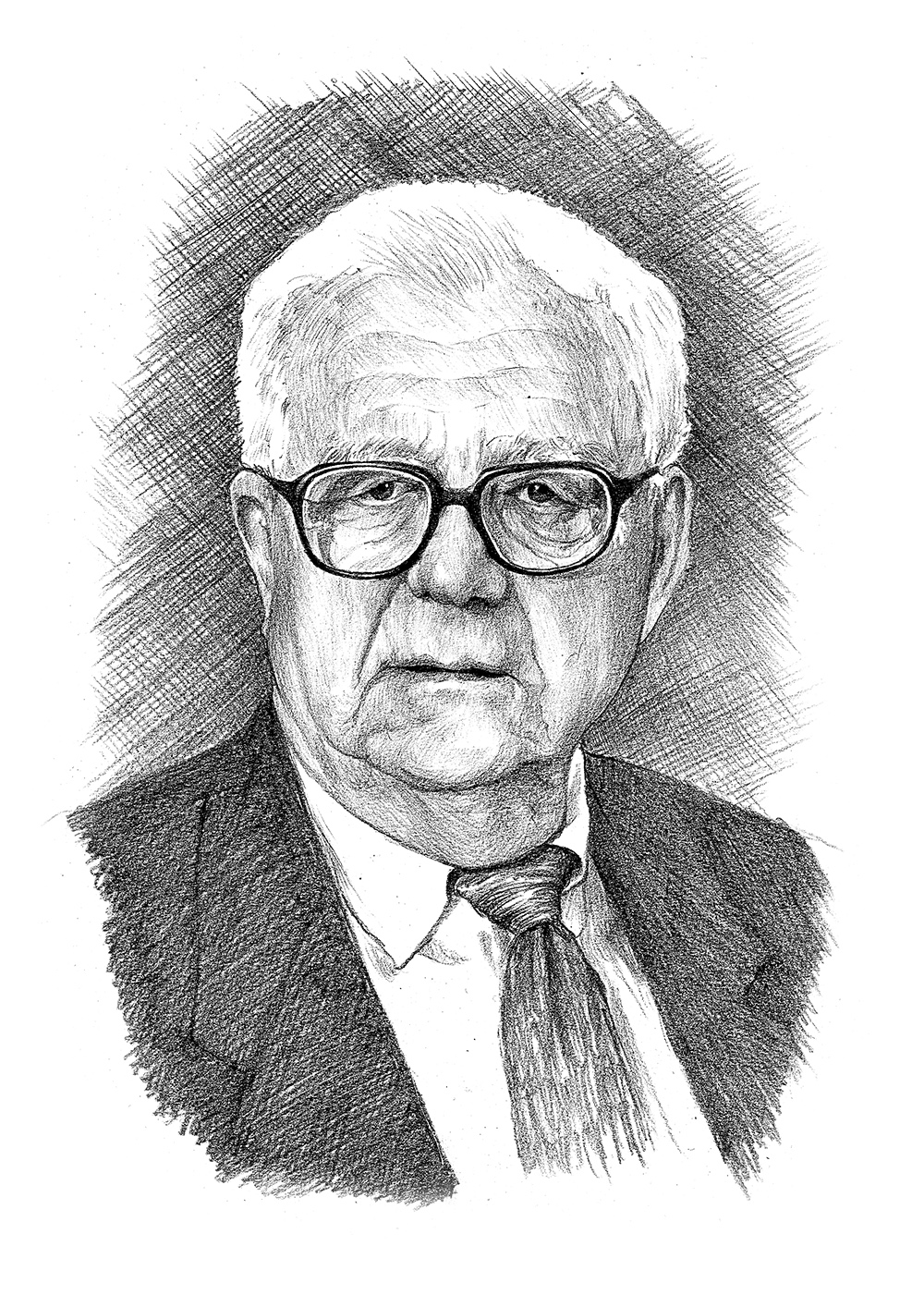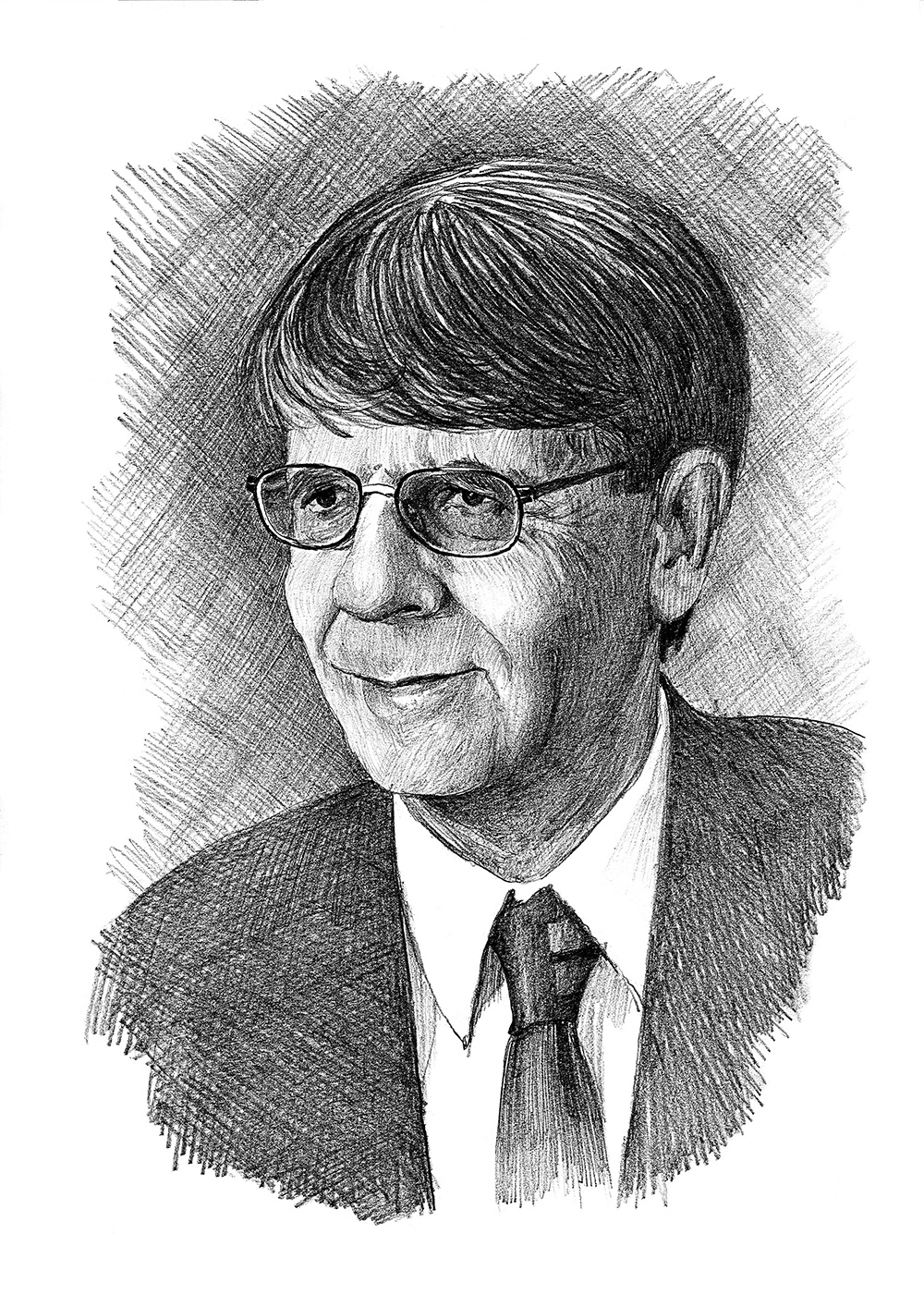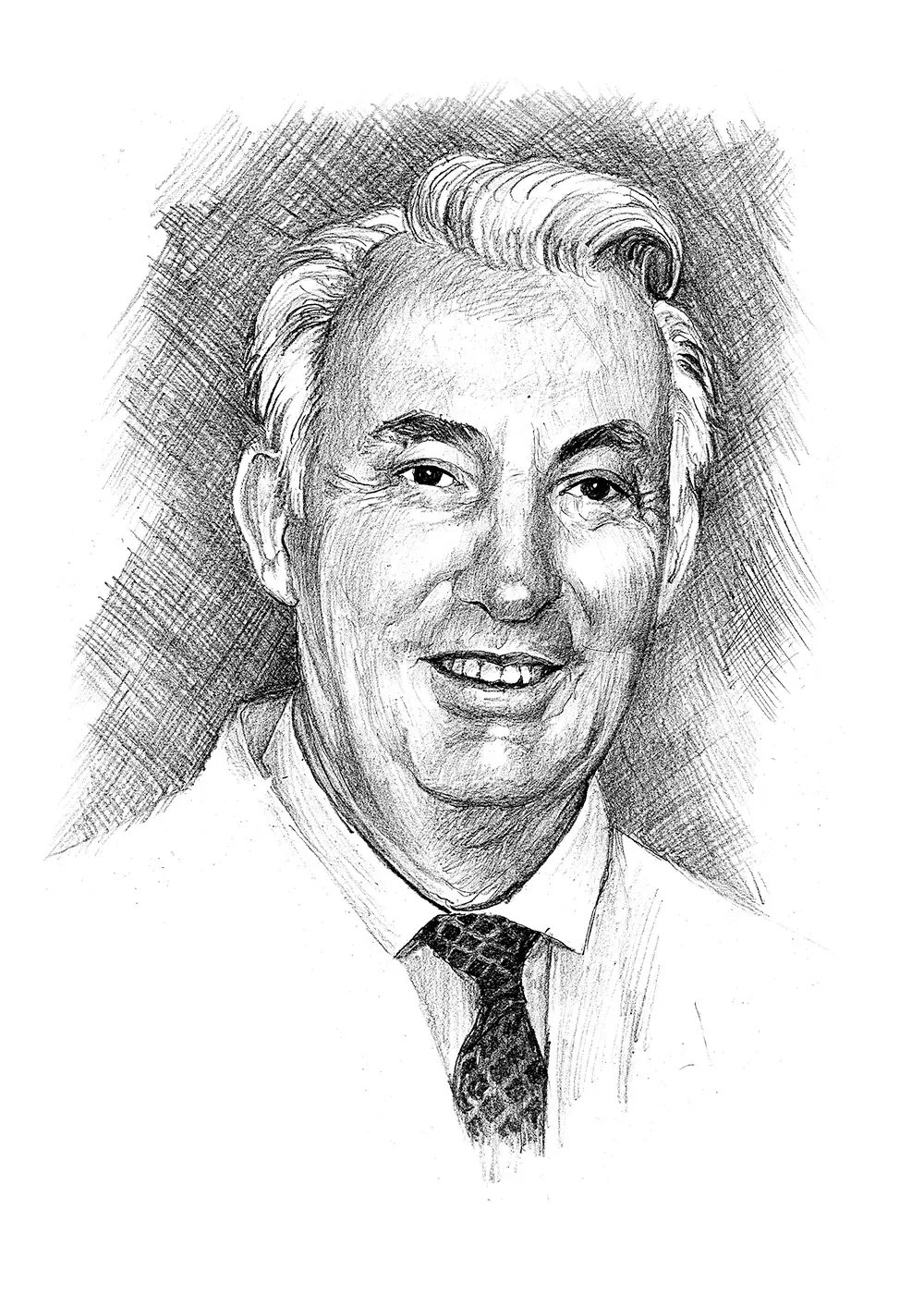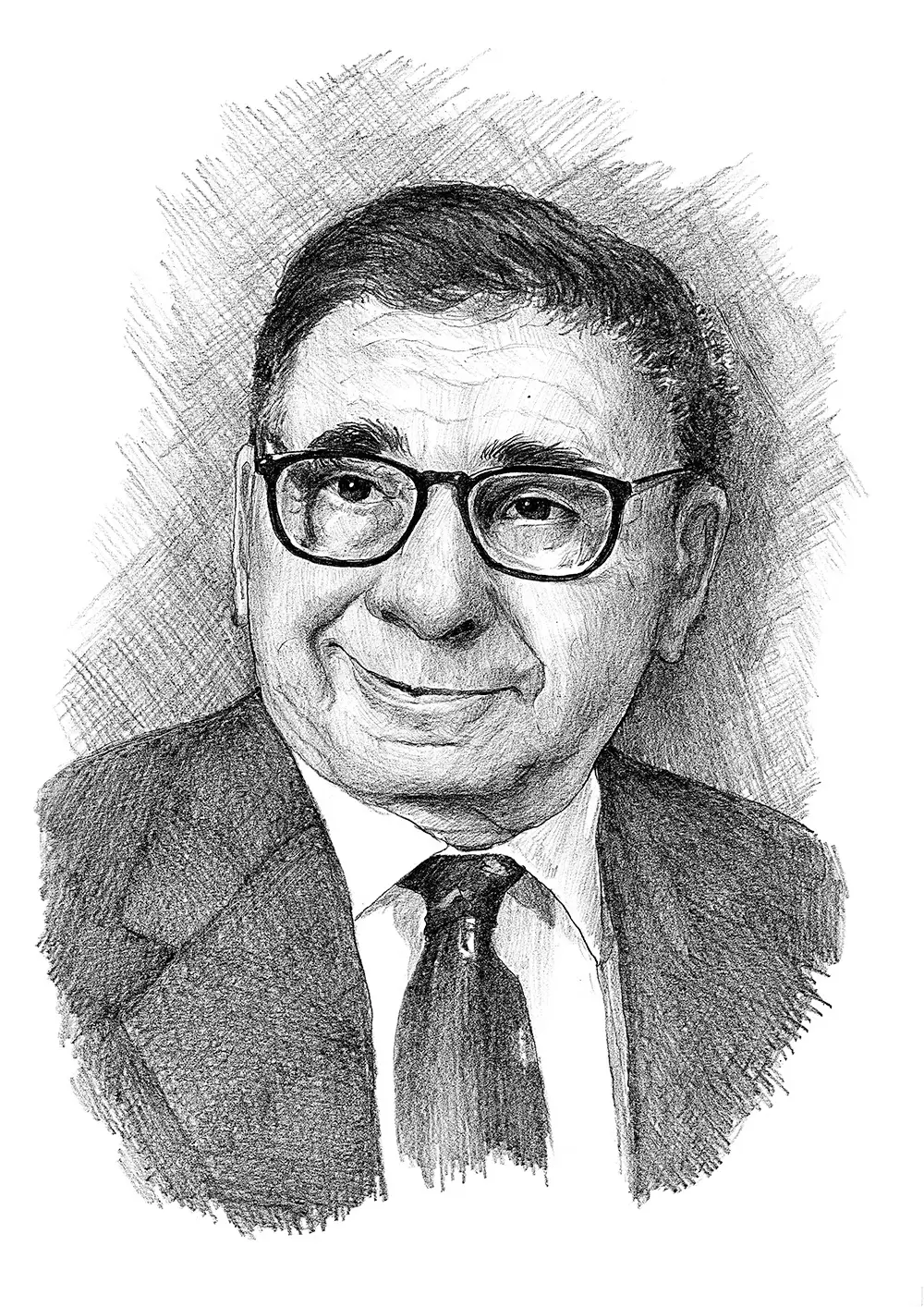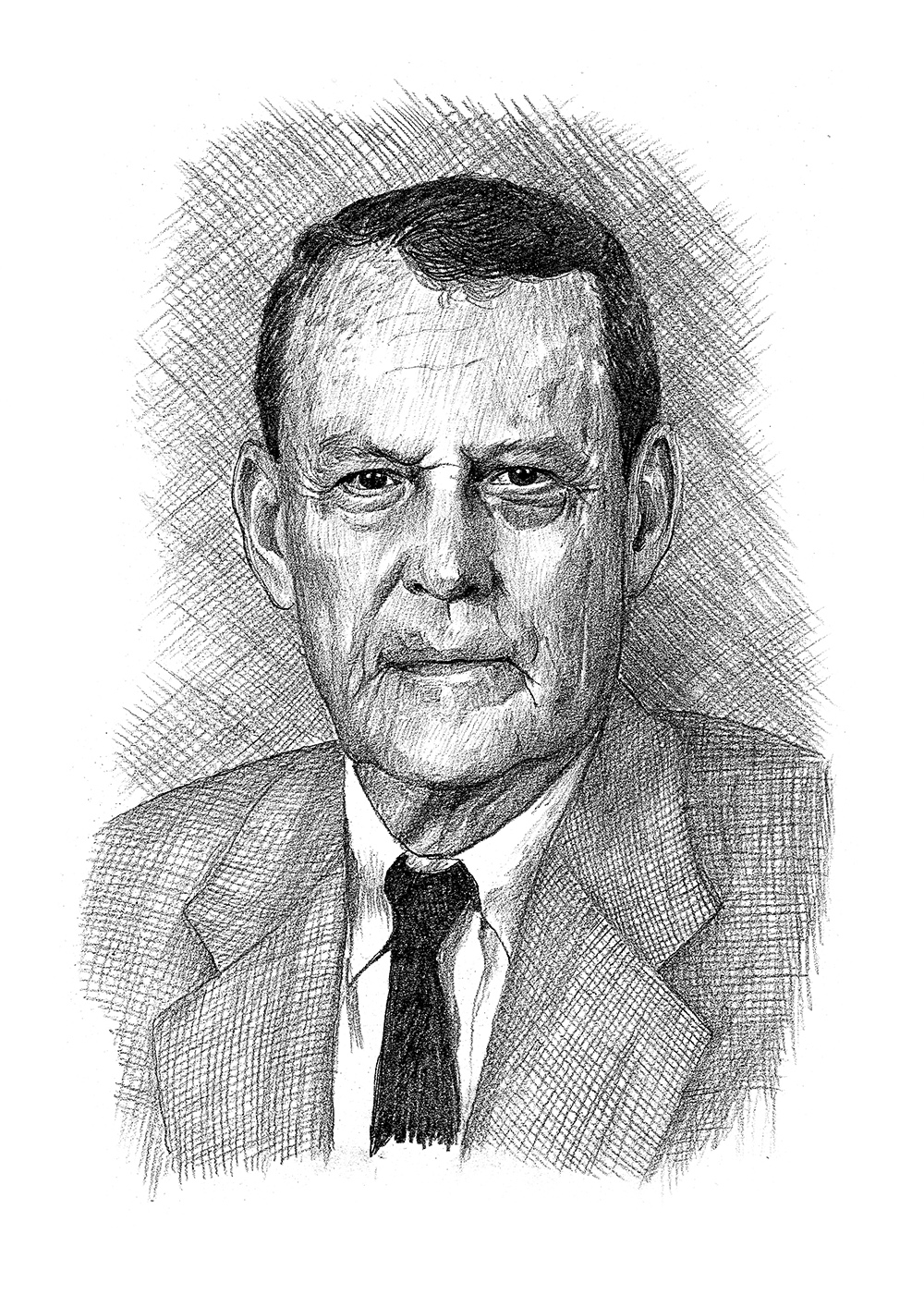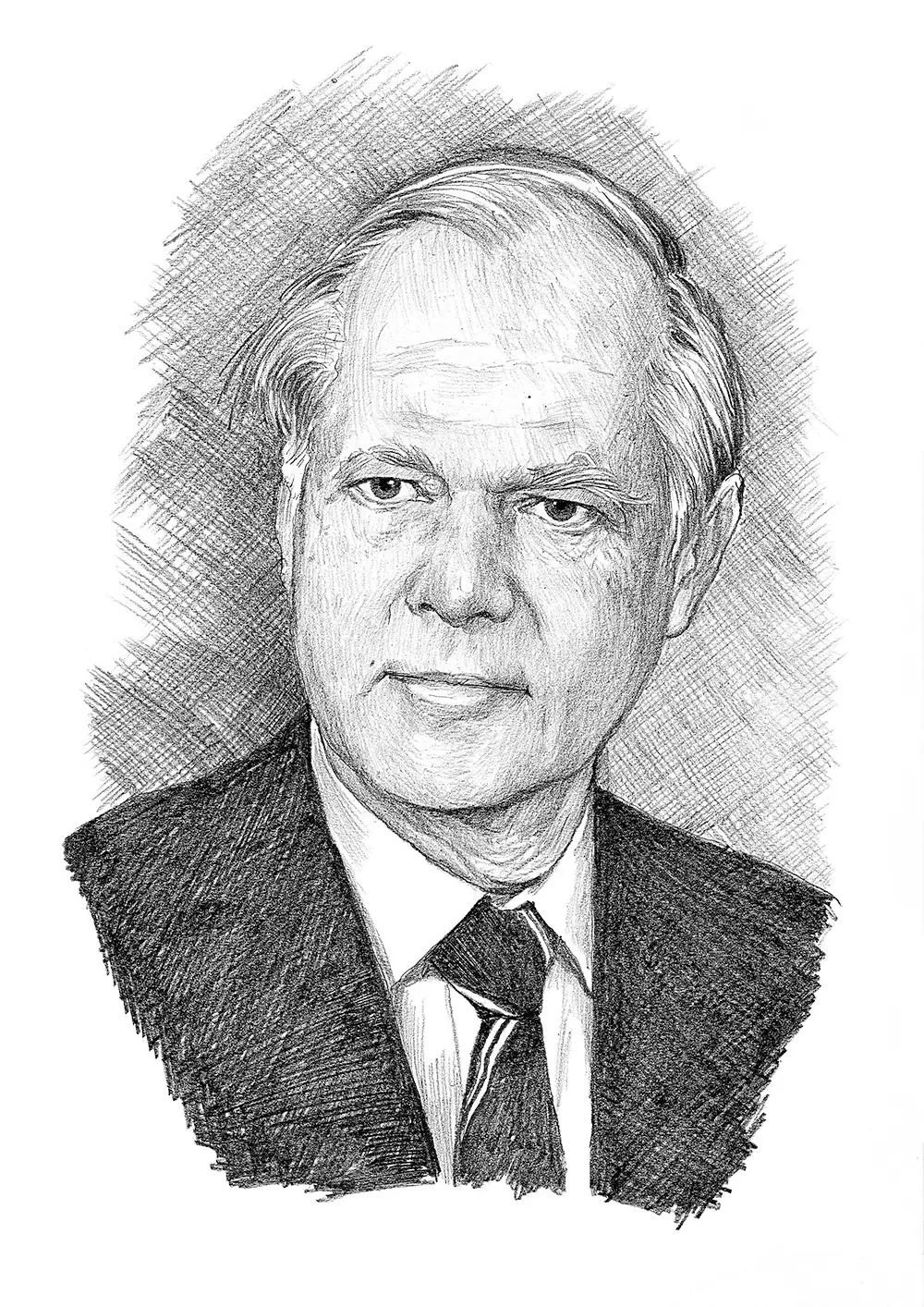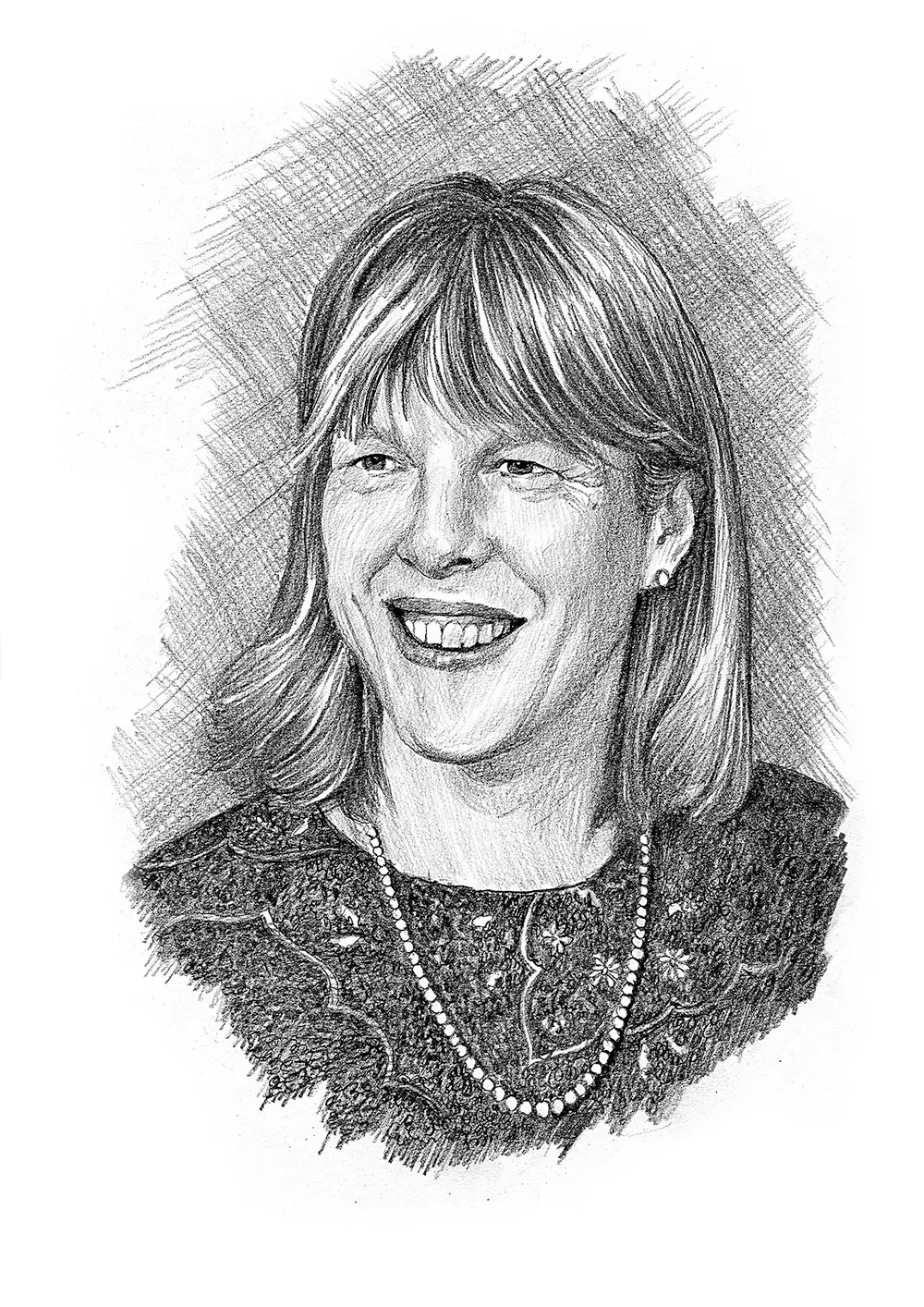George Whitesides received his A.B. in chemistry from Harvard College (1960) and Ph.D. in chemistry from California Institute of Technology (1964). He served for nearly 20 years as a faculty member at Massachusetts Institute of Technology, where he played a major role in developing the Corey-House-Posner-Whitesides reaction. In 1982, he joined the Department of Chemistry at Harvard University, and was the Chairman of the Department in 1986-1989 and Mallinckrodt Professor of Chemistry in 1982-2004. He is now the Woodford L. and Ann A. Flowers University Professor of chemistry at Harvard.
Professor Whitesides’ legendary career in chemistry spans nearly 50 years and has earned him, as of 2009, the highest Hirsch Index rating of all living chemists. His contributions cover a wide range of topics including materials and organic surface chemistry, soft lithography, molecular self-assembly, nuclear magnetic resonance spectroscopy (NMR), organometallic chemistry, nanotechnology, microfluidics, microfabrication, and catalysis, energy production and conservation and rational drug design. He is best known for his contributions towards understanding how molecules arrange themselves on a surface. His studies have paved the way for many advances in nanoscience, novel electronic technologies, pharmaceutical sciences and medical diagnostics.
Professor Whitesides authored or co-authored more than 1100 research papers and holds over 50 patents. He mentored more than 300 scientists, co-founded more than 12 companies and participated in many evaluations addressing issues related to science and technology around the world.
He is a Fellow or Honorary Fellow of the American Academy of Arts and Sciences, the National Academy of Sciences, the National Academy of Engineering, the American Philosophical Society, the American Association for the Advancement of Science, the Institute of Physics, the New York Academy of Sciences, the Royal Society of Chemistry. the Indian National Academy of science, and the Chemical Research Society of India. He is also Member of the Royal Netherlands Academy of Arts and Sciences, Member and Chair of the International Scientific Advisory Board of the Genomics Research Center, Academia Sinica and Honorary Member of the Materials Research Society of India. He received many awards and honors including the U.S. National Medal of Science; the Welch Award; the Priestley Medal; the American Institute of Chemists Gold Medal; the Kyoto Prize for Advanced Technology; the Dan David Prize; the Nanoscience Prize; Prince of Asturias Award; Benjamin Franklin Medal in Chemistry and the Inaugural Dreyfus Prize in Chemical Sciences. He also holds an Honorary Doctorate Degree from the University of Twente in the Netherlands. He is a member of the editorial boards of many scientific journals.
This biography was written in the year the prize was awarded.



